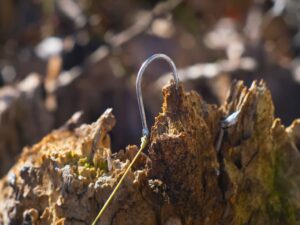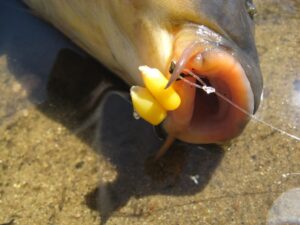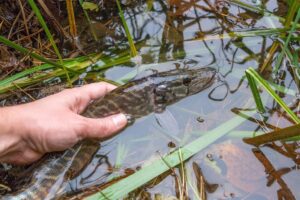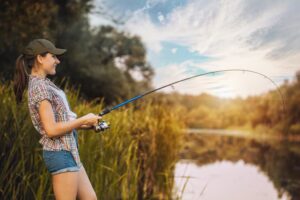Pole fishing: Bream fishing
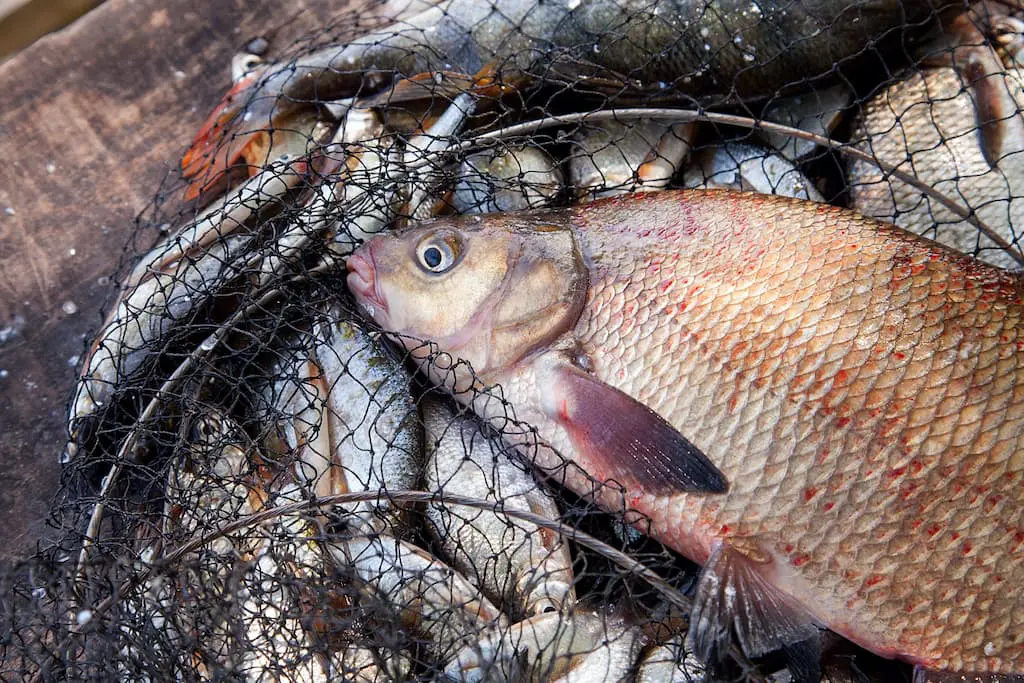
Fishing for Freshwater Bream with a long pole can be a rewarding and challenging experience. Bream are common fish in European waterways and are known for their elusive nature and quick strikes.
This bottom-dwelling fish prefers deep waters. Therefore, it is rare to catch it in spots close to the shore. One must search for this fish at a great distance with bait anchored to the bottom. Thus, the use of a long match fishing pole is essential for fishing this species.

Key Takeaways
- Fishing for bream with a long pole can be challenging but rewarding.
- Choosing the right fishing locations can increase your chances of success.
- Patience and persistence are key to becoming proficient in fishing for bream with a long pole.
Bream Fishing Techniques and Tips
Fishing for bream with a long pole requires a combination of skill, patience, and the right techniques. Here are some expert tips to help you improve your bream fishing game:
- Accuracy is Key: When targeting bream, casting accuracy is crucial. These elusive fish are often found hiding under pontoons, snags, and weed beds. Take your time to study the surroundings and make precise casts to these areas. By doing so, you increase your chances of enticing bream bites.
- Be Stealthy: Bream have keen senses and can easily be spooked. To avoid scaring them away, try standing a distance away from the bank or crouching down. This helps you blend into your surroundings and reduces the chances of being detected by the fish. Remember, the more invisible you are, the better your chances of success!
- Light Tippets and Small Baits: Bream have small mouths and quick strikes, so using light tippets and small baits is essential. Be prepared to go through multiple tippets, as they can easily get chewed through during a bream’s aggressive strike. Having extra tippets on hand will save you time and frustration.
Remember, bream fishing with a long pole requires practice and experimentation. Don’t be afraid to try different techniques, flies, and locations to find what works best for you. Stay patient, observe the water, and enjoy the thrill of hooking into a bream!
Expert Tip:
“When fishing for bream with a long pole, it’s important to keep your movements to a minimum. Avoid sudden jerks or excessive noise that could scare the fish. Take your time, focus on your technique, and let the bream come to you.”
| Technique | Description |
|---|---|
| Float Fishing | A popular technique for targeting bream. It involves using a float, or bobber, to suspend the bait at a specific depth. The float acts as an indicator, alerting you to any movement or bites below. |
| Feeder Fishing | This technique involves using a feeder, a device that holds groundbait and attracts fish to the area. By regularly adding groundbait to the feeder, you can create a feeding frenzy and entice bream to your hook. |
Choosing the Right Equipment for Bream Fishing
When it comes to bream fishing with a long pole, having the right gear is crucial. The key piece of equipment to invest in is a tenkara rod. This type of rod is specifically designed for fixed-line fishing and offers the perfect combination of length and control for accurate casting. With a tenkara rod in hand, you’ll be able to reach those hard-to-reach spots where bream like to hide.
Another essential item to have in your fishing kit is extra tippets. Bream are known for their quick strikes and small mouths, which can easily chew through a tippet. By having extra tippets on hand, you can quickly replace any that get damaged during a bream’s aggressive bite. Don’t miss the opportunity to land that trophy-sized bream just because your tippet snapped!
Table: Essential Equipment for Bream Fishing
| Equipment | Description |
|---|---|
| Tenkara Rod | A lightweight and versatile rod designed for fixed-line fishing. Provides excellent casting accuracy and control. |
| Tippets | Extra tippets are essential for bream fishing, as their quick strikes can easily chew through the line. Ensure you have spares on hand. |
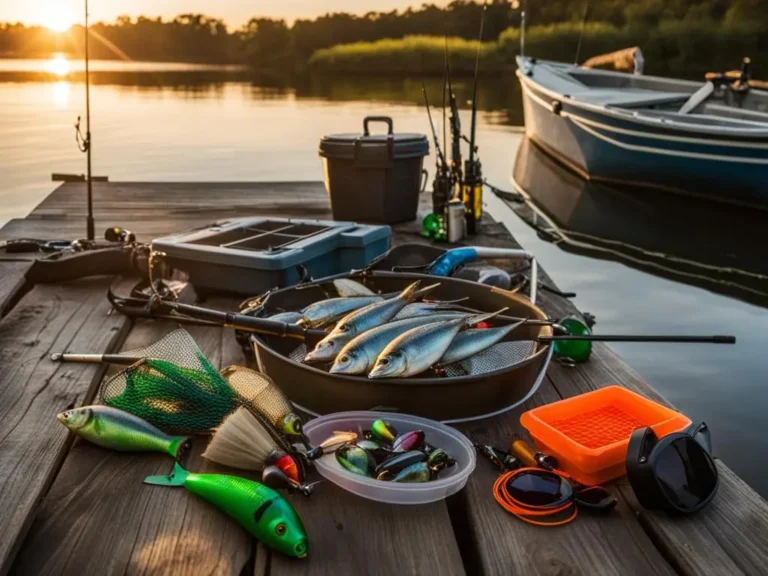
With the right equipment in your fishing arsenal, you’ll be well-prepared to tackle bream fishing with a long pole. Remember to choose a tenkara rod for accurate casting and have extra tippets on hand. Armed with these essentials, you’ll be ready for an exciting and successful bream fishing adventure!
Finding the Best Fishing Locations
When it comes to bream fishing, location is key. Finding the right fishing spots can greatly increase your chances of a successful day on the water.
Bread and Potato Chip
Believe it or not, tourist areas where people often throw bread and potato chips into the water can be a treasure trove for bream fishing. These delectable treats attract not only tourists but also hungry bream. The abundance of food in these areas makes them particularly fruitful for bream fishing.
Adapt and Explore
Finding the best fishing locations for bream is an ongoing process of adaptation and exploration. It’s important to expand your horizons and try new locations. Keep a record of your fishing trips, noting the spots where you’ve had the most success. Over time, you’ll develop a better understanding of the places where bream are most abundant and increase your chances of a rewarding fishing experience.

Remember, bream can be elusive and their feeding patterns can change with the seasons and other environmental factors. So don’t be discouraged if you don’t find success right away. Keep exploring, experimenting, and honing your skills, and soon you’ll be reeling in bream like a pro.
Conclusion
Fishing for bream with a long pole can be a challenging but highly rewarding experience. By mastering accurate casting techniques, choosing the right baits, and exploring different fishing locations, you can increase your chances of success.
For beginners, it’s best to start at your favorite spots and gradually expand your fishing range to discover new and productive locations. Remember to be patient and persistent, as bream fishing requires practice and experience.
With time, you’ll develop your own bream fishing techniques and find what works best for you.


